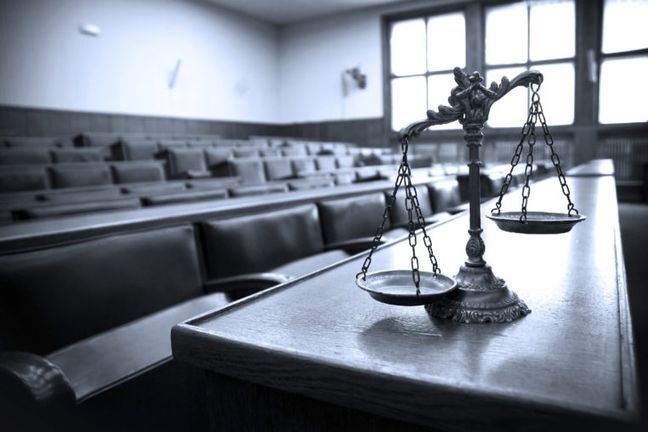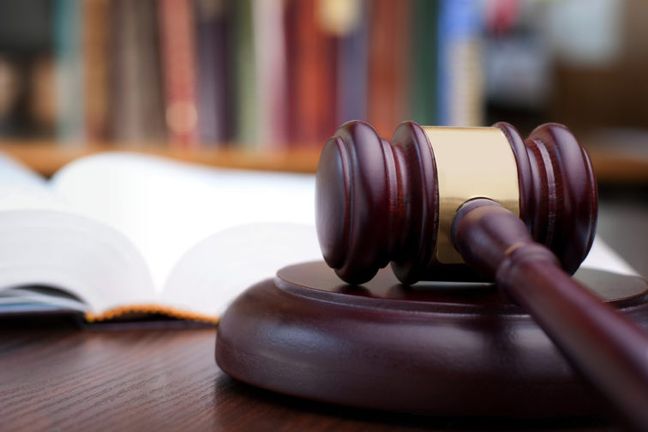Where a decedent’s death was caused by third party misconduct, there may be tort causes of action for damages. Namely, a wrongful death cause of action- which is an independent claim on behalf of decedent’s heirs for damages they personally suffered; and a personal injury action which “survives” to decedent’s estate for the purposes of recovering damages the decedent would have been awarded had the decedent lived. This is governed by California Code of Civil Procedure (“C.C.P”) § 377.20. This article will focus on survival actions.
A survival cause of action is a separate and distinct cause of action that belonged to the decedent before death, but by statute survives the event. The survival statue provides for the post-death enforcement of a cause of action on a decedent’s behalf. As such, the damages for a survival cause of action are limited to those sustained by the decedent or incurred before the decedent’s death.
Since Decedent is Deceased, Who Brings a Claim?
C.C.P § 377.30 provides: A cause of action that survives the death of the person entitled to commence an action or proceedings passes to the decedent’s successor in interest…and an action may be commenced by the decedent’s personal representation, or if none, by the decedent’s successor in interest. The person who seeks to commence an action as the decedent’s successor in interest must execute and file an affidavit or a declaration under penalty of perjury stating, among other things, that no other person has a superior right to commence the action. C.C.P. § 377.32. Specifically, the representative must file a copy of a death certificate together with an affidavit or declaration stating all of the following:
- The decedent’s name. (C.C.P. § 377.32(a)(1))
- The date and place of death. (C.C.P. § 377.32(a)(2))
- “No proceeding is now pending in California for administration of the decedent’s estate.” (C.C.P. § 377.32(a)(3).)
- If the decedent’s estate was administered, a copy of the final order showing distribution of the cause of action to the successor in interest. (C.C..P § 377.32(a)(4).)
- Either of the following, as appropriate, with supporting facts:
- “The affiant or declarant is the decedent’s successor in interest… and succeeds to the decedent’s interest in the action or proceeding.” (C.C.P. § 377.32(a)(5)(A).)
OR
-
- “The affiant or declarant is authorized to act on behalf of the decedent’s successor in interest…with respect to the decedent’s interest in the action or proceeding.” (C.C.P. § 377.32(a)(5)(B).)
- “No other person has a superior right to commence the action or proceeding or to be substituted for the decedent in the pending action or proceeding.” (C.C.P. § 377.32(a)(6).)
- “The affiant or declarant affirms or declares under penalty of perjury under the laws of the State of California that the foregoing is true and correct.” (C.C.P. § 377.32(a)(7).)
Damages Recoverable in a Survival Action
A personal injury claim “surviving” to the estate does not have the same value it would have had if decedent had lived. All decedent’s special damages incurred prior to death (such as medical expenses and lost earnings), as well as punitive damages, are recoverable by the estate; but the estate is not entitled to an award for decedent’s pain and suffering or disfigurement. It is common for one to allege a survival cause of action, without meeting all of its elements, just for the sake of alleging punitive damages.
Conclusion
A survival action may be an appropriate cause of action when faced with a lawsuit alleging the death of a person. However, there are strict requirements that must be followed for one to assert a survival cause of action on behalf of a person. Additionally, it is important analyze whether one is alleging punitive damages, and if so, if they have a valid survival cause of action.

 Author: Christopher Schon
Author: Christopher Schon
 Cannabis Workers Allege Quota to Trim 4 Pounds a Day Violates the California Labor Code
Cannabis Workers Allege Quota to Trim 4 Pounds a Day Violates the California Labor Code
 The Ninth Circuit Reminds Us: Every Word Matters
The Ninth Circuit Reminds Us: Every Word Matters
 NO WAY, PRO SE! The Consequences of Abusing the Judicial System as a Pro Se Litigant in Colorado
NO WAY, PRO SE! The Consequences of Abusing the Judicial System as a Pro Se Litigant in Colorado
 Victim of Financial Mismanagement or Unlawful Retaliation? New Jersey City University Program Founder Claims School Retaliated After Reporting Alleged Sexual Harassment
Victim of Financial Mismanagement or Unlawful Retaliation? New Jersey City University Program Founder Claims School Retaliated After Reporting Alleged Sexual Harassment
 “Real Housewives” Gets a Reality Check
“Real Housewives” Gets a Reality Check
 Missing a Chapter: Insufficiency of Expert Deposition Testimony in Medical Malpractice Litigation
Missing a Chapter: Insufficiency of Expert Deposition Testimony in Medical Malpractice Litigation
 Crash Course: Why Summary Judgment Misses the Mark in Illinois Multi-Cause Limousine Crash Collision
Crash Course: Why Summary Judgment Misses the Mark in Illinois Multi-Cause Limousine Crash Collision
 Bitter Truths: Lead, Cadmium, and Defective Pleadings in California Chocolate Class Action
Bitter Truths: Lead, Cadmium, and Defective Pleadings in California Chocolate Class Action
 The Law of Unintended Consequences: Including Insurance Brokers in Litigation Strategy Communication May Waive the Attorney-Client Privilege
The Law of Unintended Consequences: Including Insurance Brokers in Litigation Strategy Communication May Waive the Attorney-Client Privilege
 Protecting Your Client by Way of a Protective Order
Protecting Your Client by Way of a Protective Order
 Review of Recoverable Damages in Wrongful Death Actions in California
Review of Recoverable Damages in Wrongful Death Actions in California
 Going the Distance with Requests for Admissions
Going the Distance with Requests for Admissions
 California’s Post-Judgment Satisfaction Procedure
California’s Post-Judgment Satisfaction Procedure
 Beginning From the End: Post Trial Proceedings in California
Beginning From the End: Post Trial Proceedings in California
 Defending the Mild Traumatic Brain Injury Case in California
Defending the Mild Traumatic Brain Injury Case in California
 Using the Sword – Offers of Judgment in Nevada
Using the Sword – Offers of Judgment in Nevada
 Tis’ the Season for Social Host Liability in California
Tis’ the Season for Social Host Liability in California